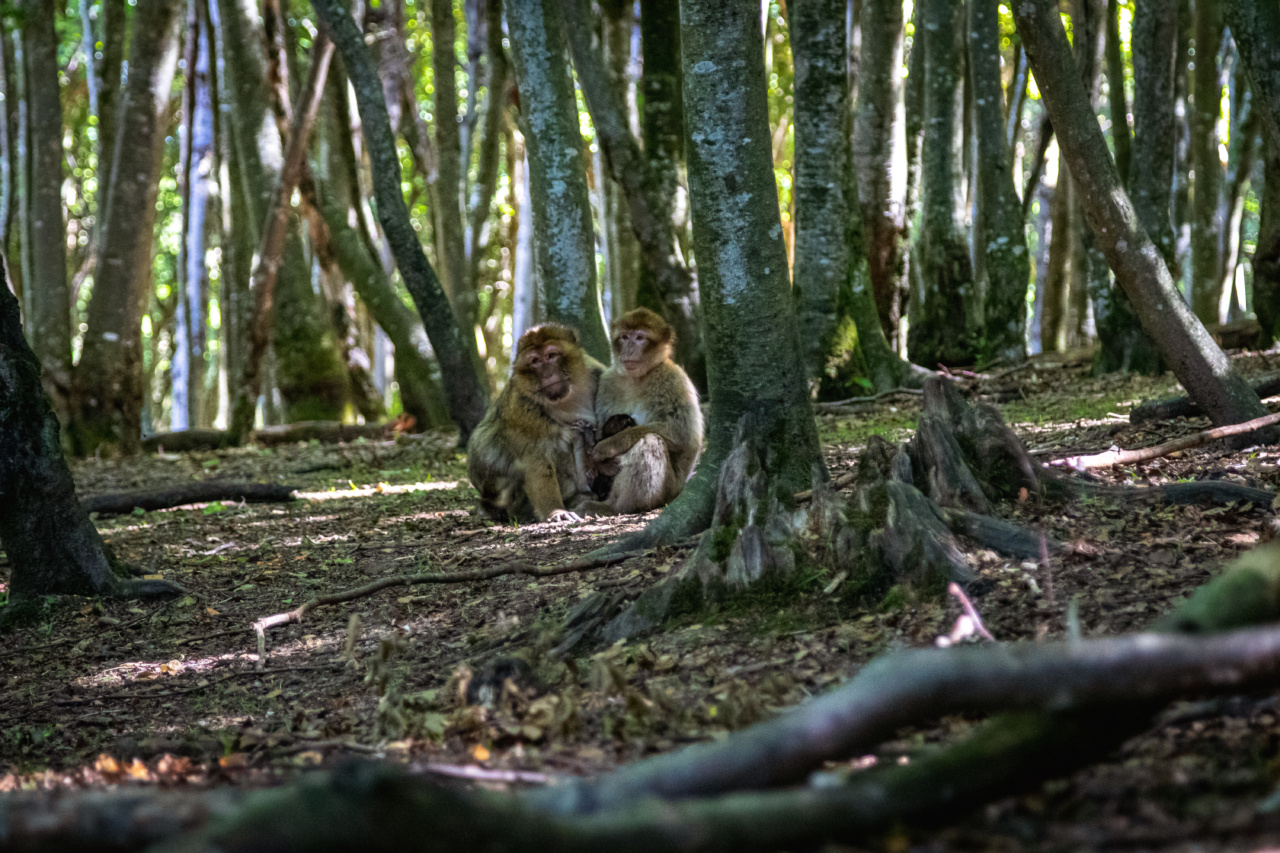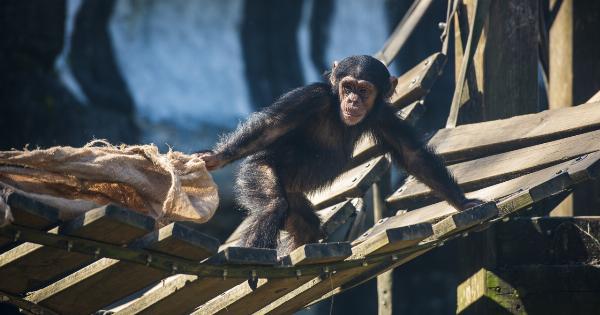Monkeys are not native to Spain, but there have been numerous cases of monkey sightings and encounters throughout the country. From escaped pet primates to wild populations, here are 21 cases of monkeys in Spain:.
1. Gibraltar Macaques
The most well-known population of monkeys in Spain resides in Gibraltar, a British Overseas Territory on the southern coast of Spain.
Gibraltar macaques, also known as Barbary macaques, are the only wild monkey population in Europe and are a popular tourist attraction.
2. Algeciras Monkey
In 2014, a monkey was spotted in Algeciras, a city located in the southern part of Andalusia. It was believed to have escaped from someone’s private collection.
3. Alcalá de Henares Monkeys
Residents of Alcalá de Henares, located near Madrid, reported sightings of a monkey in 2015. The monkey was captured and turned over to authorities.
4. Lopera Baboon
A baboon was captured in the small town of Lopera, located in the province of Jaén, in 2017. It was believed to have come from a private collection.
5. Málaga Macaque
In 2019, a macaque was discovered in a park in Málaga. It was believed to have been abandoned or released by its owner.
6. Valdemorillo Monkey
A monkey was captured in Valdemorillo, a town west of Madrid, in 2019. It was believed to have been someone’s pet.
7. Navalcarnero Monkey
In 2019, a monkey was found hiding in a tree in Navalcarnero, a town southwest of Madrid. It was captured and turned over to authorities.
8. Colmenar Viejo Monkeys
Residents of Colmenar Viejo, located north of Madrid, reported sightings of monkeys in 2017. It was believed to have come from someone’s private collection.
9. Las Palmas de Gran Canaria Monkeys
A population of monkeys resides in a park in Las Palmas de Gran Canaria, located on the island of Gran Canaria. It is believed that the monkeys were brought to the park in the 1980s.
10. Barcelona Marmoset
In 2012, a marmoset was spotted in a park in Barcelona. It was believed to have been a pet that had been released.
11. Cádiz Monkey
Residents of Cádiz reported sightings of a monkey in 2017. It was believed to have been someone’s pet.
12. Murcia Macaques
A population of macaques resides in a park in Murcia, located in southeastern Spain. It is believed that the macaques were brought to the park in the 1990s.
13. Yecla Capuchin
A capuchin monkey was captured in the town of Yecla, located in the province of Murcia, in 2014. It was believed to have escaped from someone’s private collection.
14. Ciempozuelos Monkey
In 2013, a monkey was found wandering the streets of Ciempozuelos, a town south of Madrid. It was captured and turned over to authorities.
15. Seville Monkeys
A population of monkeys resides in a park in Seville, located in southwestern Spain. It is believed that the monkeys were brought to the park in the 1960s.
16. Valencia Spider Monkey
In 2018, a spider monkey was spotted in a residential area of Valencia. It was believed to have escaped from someone’s private collection.
17. Vélez-Málaga Monkey
Residents of Vélez-Málaga reported sightings of a monkey in 2017. It was believed to have been someone’s pet.
18. El Ejido Capuchin
A capuchin monkey was captured in the town of El Ejido, located in the province of Almería, in 2015. It was believed to have escaped from someone’s private collection.
19. Madrid Monkeys
A population of monkeys resides in a park in Madrid, located in the center of the city. It is believed that the monkeys were brought to the park in the 1970s.
20. Costa del Sol Monkeys
Residents of the Costa del Sol, a coastal region in the southern part of Spain, reported sightings of a monkey in 2014. It was believed to have escaped from someone’s private collection.
21. Tenerife Monkeys
A population of monkeys resides in a park in Tenerife, located on the island of Tenerife in the Canary Islands. It is believed that the monkeys were brought to the park in the 1960s.
While the presence of monkeys in Spain may seem unusual, it is not uncommon for people to keep primates as pets. In many cases, these animals are not properly cared for and can escape or be released.
It is important to remember that wild animals should remain in their natural habitats and not be kept as pets.































